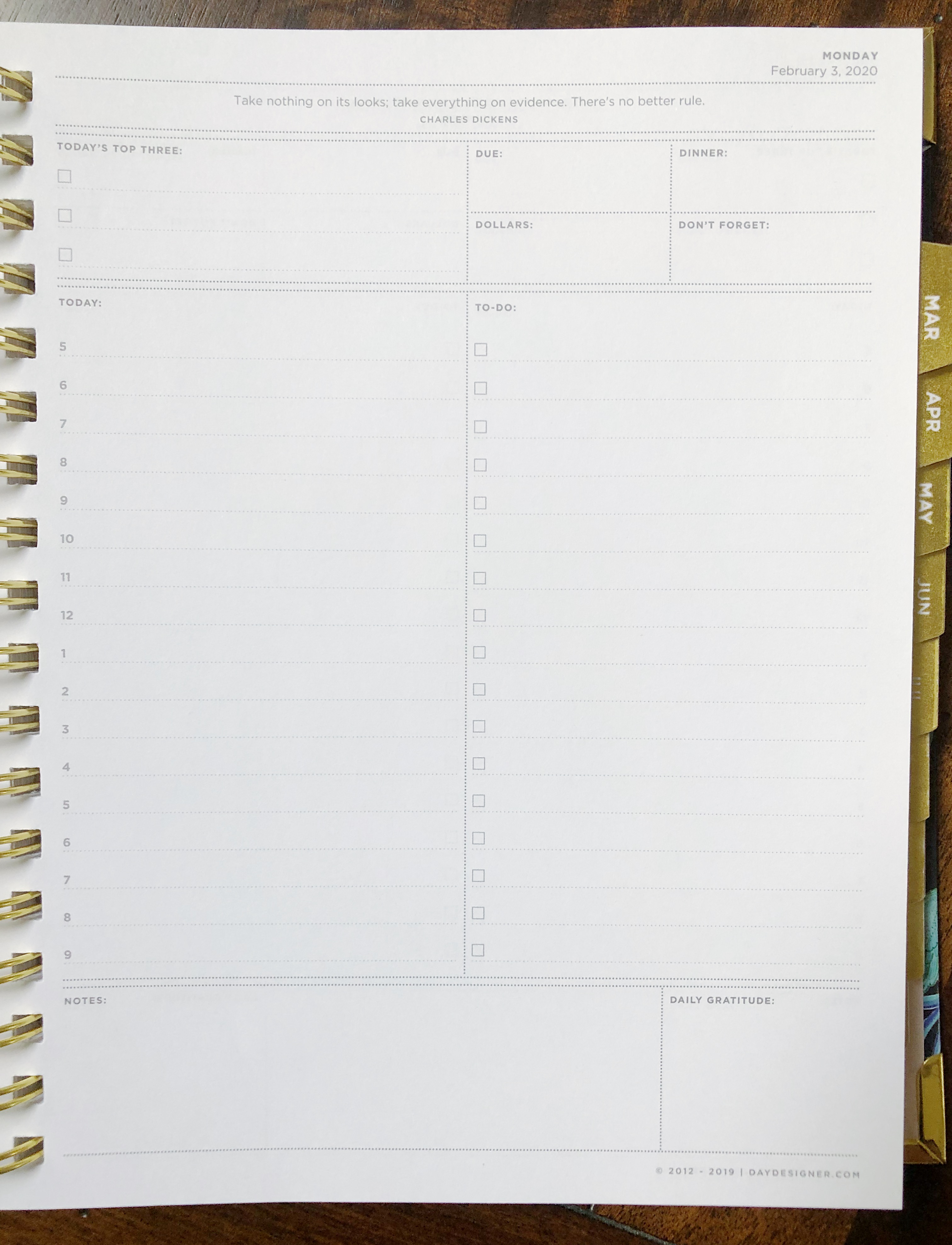Anxiety can often feel like your mind is constantly on overdrive, with every thought swirling around in perpetual chaos. Having a way to bring calm and order to the chaos can be a game-changer in helping you approach each day with more focus and clarity.
Before I realized the importance of organization when dealing with anxiety, I used to try and manage everything in my head: appointments, to-do lists, and everything in between. As you can imagine, it didn’t go well. I constantly felt like I was drowning in a never-ending stream of daily details, and I was only adding to the chaos by not having any systems in place. I knew I needed somewhere for these thoughts to go, so I could free up some much-needed space.
Getting organized by using a planner seemed like a good place to start. The only problem was that I had tried planners before. Many of them. And none of them stuck.
But I had learned a lot since my last planner attempt. I had engaged in a lot of personal development about priorities, focus, and organization. Now, I had a much better idea of what I needed in a planner and could clearly envision how any format would work for me. I got busy looking at various styles.
I stumbled across the Day Designer one day and immediately loved the outer style. But I had fallen for that before. I needed to know how the inner format would fit my planning style. After finding a few review videos about the inner workings, it clicked: This was the one! It fit the way I planned and the way I thought. Seven years later, I am still faithfully using a Day Designer and it has been a game-changer for my anxiety.

While everybody has to find their own personal style for their planner, these three Day Designer features have been especially helpful to me and are worth looking for in a planner if you struggle with anxiety.
1. Daily Format: I use the Flagship Day Designer, which gives a monthly view as the month begins, but then switches to a daily format with a full page for each day. This has allowed me to avoid overwhelm by staying focused on the day in front of me, rather than the entire week ahead. Anxiety can have you constantly looking towards the past or the future. The emphasis on only the current day helps me stay in the present.
2. Today’s Top Three: A never-ending to-do list can be a source of overwhelm for just about anybody. The Day Designer includes plenty of spaces for a lengthy list, but a special section at the top of the page for your top three priority tasks. Focusing on just three important tasks each day feels much more manageable than 25. If you complete more than the top three tasks, it’s icing on the cake. But knowing that just the top three means a win for the day relieves a large amount of pressure and stress.
3. Daily Gratitude: At the bottom of every daily page, there is a place for daily gratitude. The simple act of ending the day with one thing that you are grateful for can provide a little shift from constant worry to noticing what’s working well around you.

Managing your days can feel like an extra challenge when you deal with anxiety, so it’s important to have tools that can help you care for your mental well-being. Using a planner that’s right for you can do wonders for organizing not only your daily life, but your mind.


